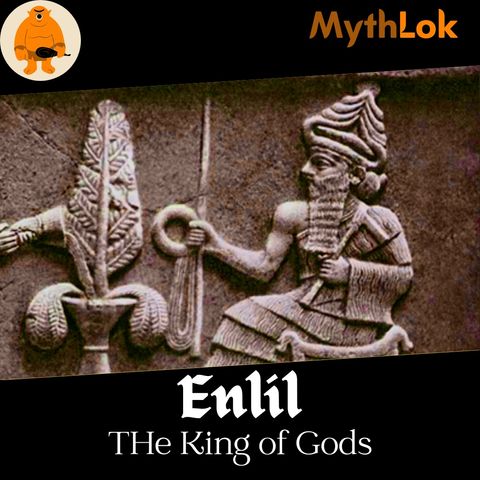Enlil : The King of Gods

Download and listen anywhere
Download your favorite episodes and enjoy them, wherever you are! Sign up or log in now to access offline listening.
Description
The Mesopotamian god of the atmosphere, Enlil, is a part of the triad of gods that includes Ea and An. He was often referred to as Lord of the Air....
show moreEnlil created a tool known as the hoe, which broke the hard surface of the earth. Another myth states that he was imprisoned and eventually killed after he had impregnated Ninlil, a grain goddess. This story is related to the agricultural cycle, which revolves around winter inactivity, fertilization, and ripening. Marduk replaced Enlil as the head of the Babylonian Pantheon. Despite this, he was still regarded as the high god of the city of Nippur. He continued to be an important deity in the region until the 2nd millennium BC.
Enlil was depicted with a horned cap on a bearded person, which has seven superimposed ox-horns. This type of cap was regarded as a symbol of divinity, and it has been worn by various gods ever since the third millennium BC. The horned cap was consistent in its form and meaning throughout the Sumerian prehistory. It remained so until the time of the Persian Empire's conquest.
Read more at https://mythlok.com/enlil/
Information
| Author | NITTEN NAIR |
| Organization | NITTEN NAIR |
| Website | - |
| Tags |
Copyright 2024 - Spreaker Inc. an iHeartMedia Company

Comments